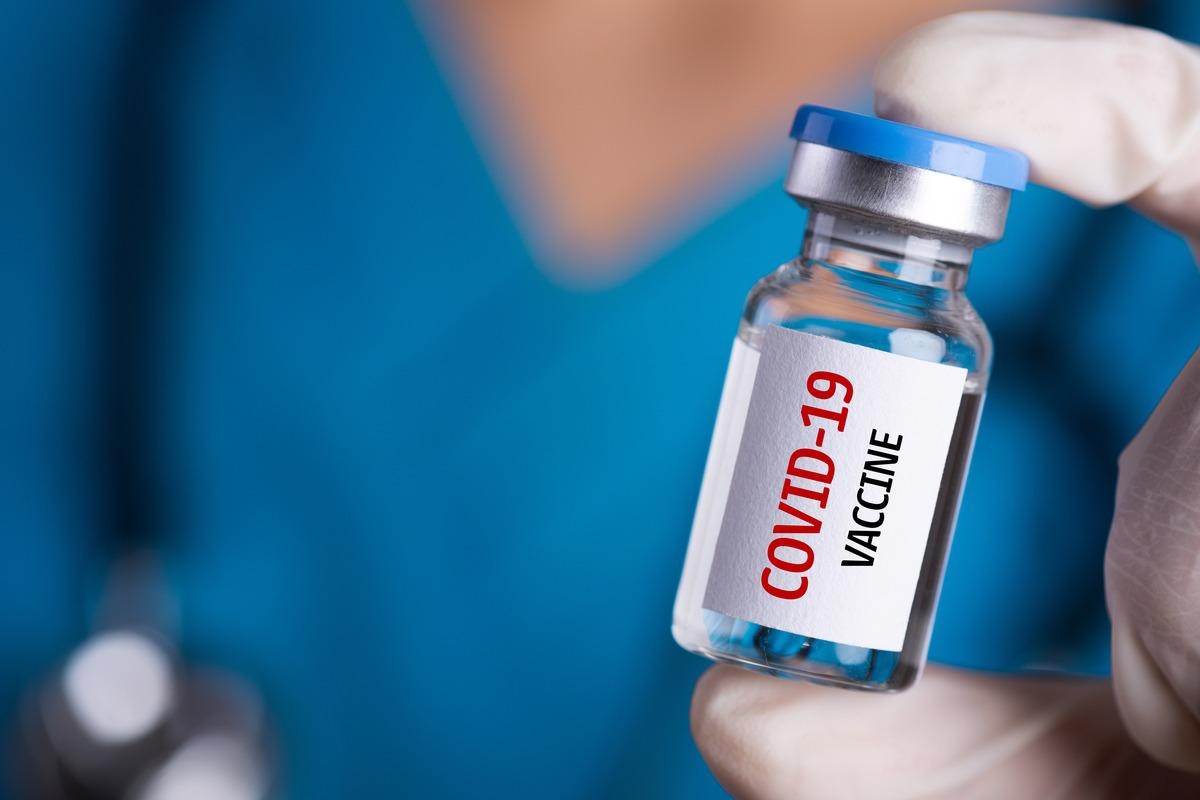In a recent study published in JAMA Network Open, researchers evaluated the safety profile and adverse events associated with coronavirus disease 2019 (COVID-19) boosters or additional vaccinations.
 Study: Surveillance of Safety of 3 Doses of COVID-19 mRNA Vaccination Using Electronic Health Records. Image Credit: siam.pukkato/Shutterstock
Study: Surveillance of Safety of 3 Doses of COVID-19 mRNA Vaccination Using Electronic Health Records. Image Credit: siam.pukkato/Shutterstock
Background
Several recent reports have indicated that COVID-19 vaccine-induced immunity is waning, yet again exposing the vaccinated population to the risk of severe acute respiratory syndrome coronavirus 2 (SARS-CoV-2) infection.
Accordingly, there is an increased need for approval, rollout, and administration of booster vaccine doses. Additionally, this necessitates evaluating the risk of adverse events associated with COVID-19 booster vaccinations.
About the study
In the present study, researchers accessed the electronic health record (EHR) data of the Mayo clinics in the United States. It yielded 47,999 records of individuals who received three doses of Food and Drug Administration (FDA)–approved COVID-19 messenger ribonucleic acid (mRNA) vaccines between December 2020 to October 2021.
The EHR data showed these individuals were 18 years or older and had received the first two doses of BNT162b2 or mRNA-1273 in adherence to emergency use authorization (EUA) protocol, which mandated an 18-28 days gap between two doses of the BNT162b2 vaccine, and a 25-35 days gap between the two doses of mRNA-1273.
Additionally, the study participants had received a third dose of the BNT162b2 or mRNA-1273 vaccine 90 days after the second dose and the same vaccine type as the first two doses of vaccine and had a 14-day follow-up after the third vaccine dose.
Moreover, the study participants had not received more than three doses of any COVID-19 vaccine on record or any non–mRNA-based COVID-19 vaccine (e.g., Ad26.COV2.S).
The team divided the study participants into two cohorts by vaccine type. Accordingly, 38,094 individuals who received three doses of BNT162b2 comprised the first cohort, and the other 9,905 individuals who received a three-dose regimen of the mRNA-1273 vaccine formed the second cohort.
The researchers used bidirectional encoder representations from transformers (BERT)–based classification model to investigate the sentiment of 19 adverse-event phenotypes for four time points, 15 days to 1 day before the first vaccine dose and 0 to 14 days after the first, second, and third vaccine doses.
For each individual in the two study cohorts, the researchers assessed whether positive sentiments for COVID-19 vaccination-associated adverse events were present in their clinical notes during a 14-day period before any vaccination date.
The risk for each adverse event reflected the percentage of vaccinees in a cohort with positive sentiment for that event. The researchers compared it with the baseline risk in the same cohort, defined as the risk associated with the adverse event 14-days before receiving the first vaccine dose.
Further, the team calculated risk difference (RD) to account for paired nature of the reported data. For instance, they estimated the RDs between the percentage(s) of the cohort with an adverse event after the third dose and an adverse event before vaccine dose one or two (control periods).
Results
Of 47,999 individuals who received three-doses of vaccines, 38,094 (79.4%) received BNT162b2 and 9,905 (20.6%) received mRNA-1273. In the BNT162b2 and mRNA-1273 cohorts, 57.3% and 51.5% were women, respectively. The authors noted a significant increase in adverse events with low severity after the COVID-19 booster dose compared with the prior two-doses.
These were fatigue, lymphadenopathy, nausea, headache, arthralgia, myalgia, diarrhea, fever, vomiting, and chills, with RD values of 1.45, 0.82, 0.58, 0.40, 0.42, 0.36, 0.46, 0.30, 0.30, and 0.10 percentage points, respectively. The authors also reported RDs for each vaccine type but observed no vaccine-specific adverse events.
The observed rate of emergency department (ED) visits within two days of receiving the third BNT162b2 dose compared to the second dose increased significantly (0.29% vs. 0.2%). However, there was no such increase in the ED visits among individuals receiving the mRNA-1273 vaccine.
Interestingly, compared to the three-dose cohort, those who received only one dose of any mRNA-based COVID-19 vaccine suffered more adverse events.
Conclusions
The study results demonstrated that a third dose of the same vaccine following a primary series by BNT162b2 or mRNA-1273 was associated with safe outcomes.
The authors observed an increase in a few early post-vaccination adverse events, such as fatigue, nausea, lymphadenopathy, and diarrhea; however, these were not of much concern. Moreover, severe adverse events showed no significant increase after the third dose, indicating that the third vaccine dose elicited a much more vigorous immune response than the first and the second doses.
Therefore, future studies should further investigate and gather evidence demonstrating that the booster COVID-19 vaccination elicits a robust immune response.